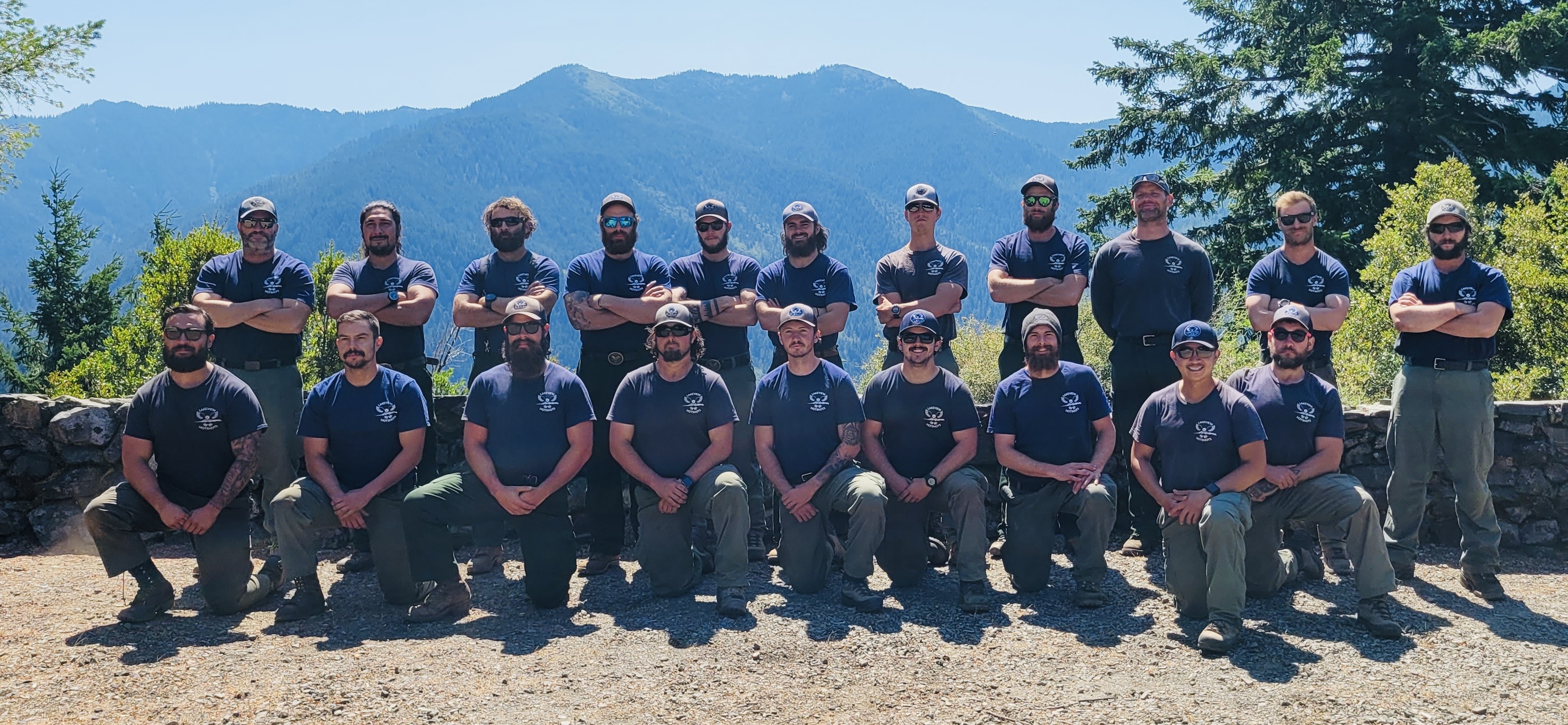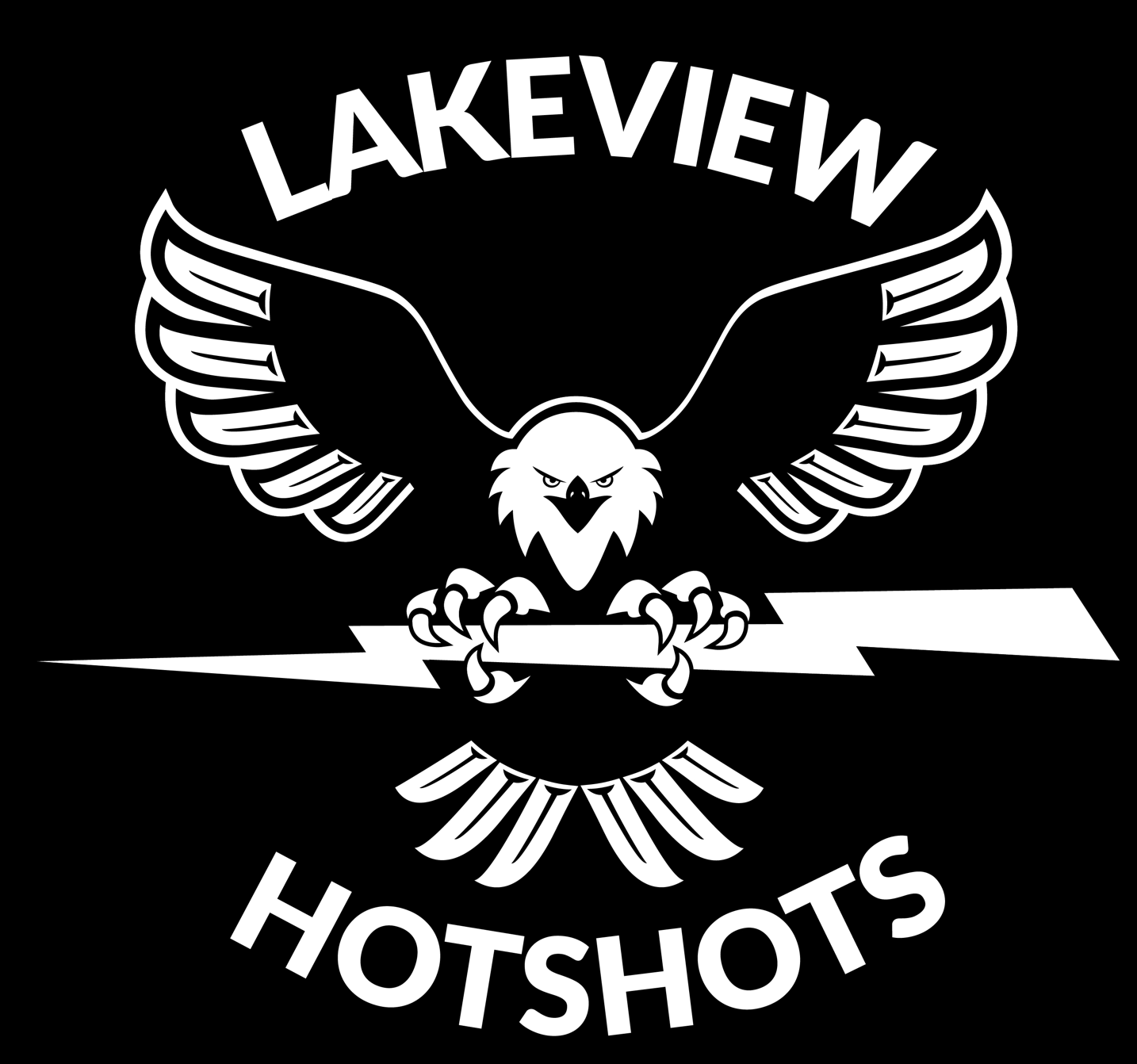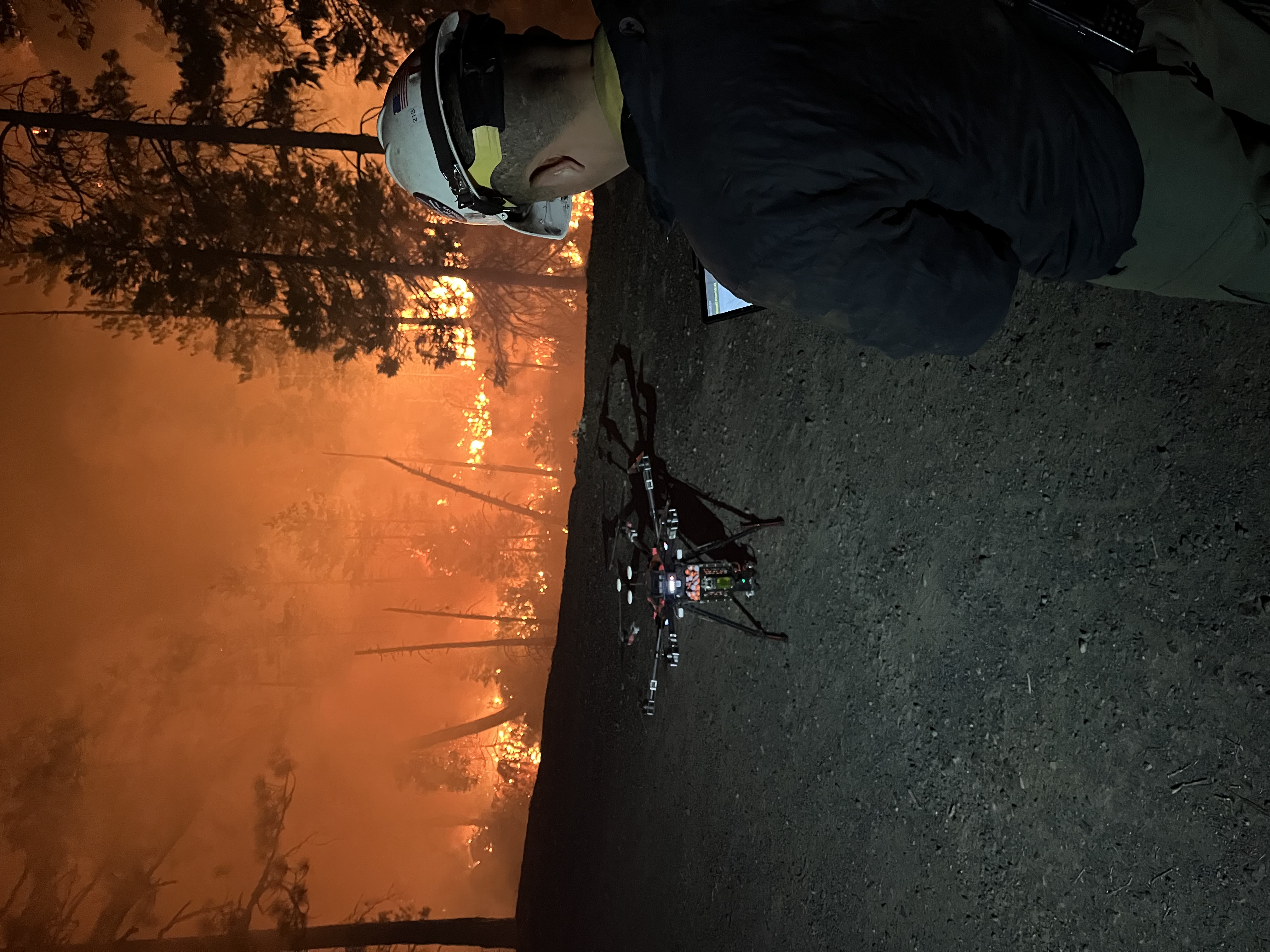About Us
Mission Statement
The Lakeview Veteran Interagency Hotshot Crew (IHC) is an organization dedicated to providing a purpose and meaningful employment for Veterans. To do this, the crew builds a team that is respectful and easy to work with, produces high quality work, is technically and tactically proficient, and provides solutions to managers; both at home and while on fire assignment. The crew strives to accomplish this mission by instilling work ethic, comradery, and a learning environment for BLM employees while maintaining the highest level of professionalism and safety.
The crew was formed in 2000 and reorganized in 2012 to help military veterans transition to civilian careers. Formally known as Lakeview Veteran Crew, they became the first all veterans type 2 initial attack hand crew in the country. In March of 2016, the Lakeview Veteran Crew and the BLM Oregon/Washington Lakeview District Fire program requested the crew begin the process for certification as an IHC. Over the next two years, the crew took steps to meet IHC requirements with other IHC superintendents evaluating their program before being formally certified at the national level as the first-ever all-veteran IHC.

Crew Duties
The Lakeview Veteran IHC places priority on developing an extremely cohesive team that operates and performs in often austere conditions. The crew is a national resource that provides wildfire suppression across multiple geographic areas in the United States. It is the crewmember’s responsibility to show up in top physical shape for the job. The expectations are high for each member and rely on collective focus and input to achieve mission objectives. Trust is critical and understanding team safety and success is the top priority for all. The crew has a wide variety of skills which means a variety of responsibilities. Under this model, every crewmember has a specific role to play. The result is team and individual development and the accomplishment of mission safety.
Crew Station and Facilities
Currently, the crew is stationed in Klamath Falls, Oregon near the Klamath Falls Field Office, and shares a large facility with three Lakeview District BLM engine crews. Currently a new building is being built to house the Lakeview Veteran IHC. At this time, no government living quarters are available in Klamath Falls, but the town has plenty of apartments/houses available for rent.
Training
The formal season for the crew begins in mid-April and ends in mid-September. It is expected that all crew members will attend the entire 80 hours of fire specific and agency training. This training covers physical fitness, standard operating procedures for the crew, agency policies, and a field exercise. Upon completion, the crew will be recommended for availability nationally. Outside of mandatory training, the crew strives to conduct formal National Wildfire Coordinating Group courses for staff as time, needs, and commitment allows. The crew takes an extensive look at employees individual development plans and facilitates as many suppression (S-courses) and leadership (L-courses) series classes possible to help employees achieve career goals.

Daily Operations
As mentioned previously, the Lakeview Veteran IHC is a national resource. The crew responds to incidents across the United States, and occasionally Alaska. As such, environmental conditions vary greatly. Heat, cold, all sorts of precipitation, smoke, dust, and insects are all common. The crew typically stays in the field as close to work or wildland fire incidents as possible. The crew is used to sleeping on the ground, and subsisting on a combination of, meals ready-to-eat, or food provided by incident logistics. A typical fire year usually runs from late April to the end of September. During the spring season, the permanent work force sends Uncrewed Aircraft System (UAS) modules to assist with prescribed fire in the Southeastern region with UAS aerial ignitions and ground ignitions.
Recruitment and Hiring
Visit the BLM Fire Jobs portal at https://www.nifc.gov/careers/blm-fire-job.
Job announcements: Vacancies for temporary positions are normally advertised from early October to mid-November. Call or email crew contacts with questions about recruitment.
Crew specific hiring/recruitment information: Applicants must apply to the duty station of Klamath Falls, Oregon prior to the closing date of the vacancy announcement to be considered for hiring. The Lakeview Veteran IHC currently consists of 15 permanent career positions and up to 10 temporary/seasonal positions.
Hiring or outreach events: Call or email Assistant Superintendent Eric Ogden [email protected], (541) 880-8554, or Superintendent Allan Blofsky, [email protected], (541) 885-4175, with questions about number of vacancies, GS levels, and appointment types (temporary vs. career).
Physical Fitness
The Lakeview Veteran IHC maintains a high level of physical fitness with focus on cardiovascular endurance, muscular strength, and flexibility to perform the duties of a hotshot crewmember. The crew participates in the BLM Fire Fitness Challenge every Spring. The BLM Fire Fitness Challenge measures fitness in four basic exercises: pull-ups (or flexed-arm hang), push-ups, planking, and a 1.5 (or 3-mile) timed run. Physical training sessions are completed daily when the crew is not assigned to an incident and consists of hiking, running, sprints, and high intensity-interval workouts. Crew runs are typically 3-5 miles with calisthenic exercises intermixed. There are numerous hiking opportunities near the station and the crew hike will be in full linegear in order to simulate realistic hikes on an incident. The overall goal of the Lakeview Veteran IHC physical fitness program is to ensure all members of the crew maintain a high level of fitness to ensure safety and preparation for the long, strenuous shifts in steep terrain that tend to occur while working on an IHC.
Contact Us
Allan Blofsky, Superintendent
(541) 885-4175 (Desk)
(541) 591-1362 (Cell)
[email protected]
Eric Ogden, Assistant Superintendent
(541) 885-4162 (Desk)
(541) 880–8554 (Cell)
[email protected]













